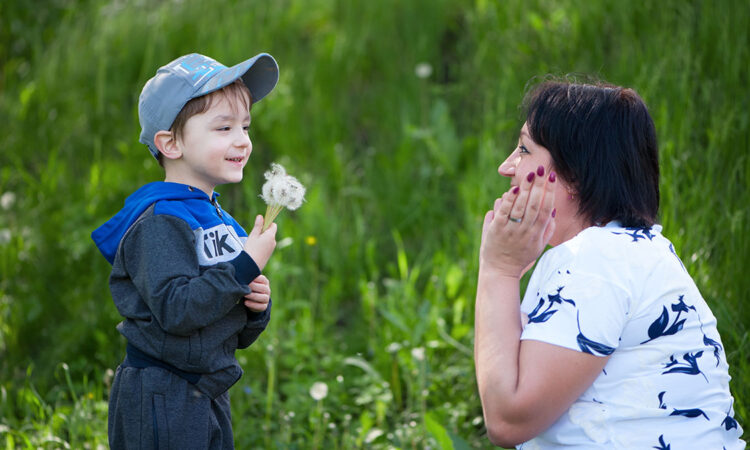
Cerebral palsy (CP) is a group of disorders that affect a person’s ability to move and maintain balance. There are several types of CP, each affecting the body in different ways. The main types include:
- Spastic Cerebral Palsy: This is the most common type, causing stiff muscles and awkward movements.
- Dyskinetic Cerebral Palsy: This type leads to uncontrollable movements, making it hard to sit or walk.
- Ataxic Cerebral Palsy: This type affects balance and depth perception, leading to shaky movements.
- Mixed Cerebral Palsy: Some people have symptoms of more than one type of CP.
Causes and Risk Factors
The exact cause of cerebral palsy is often unknown, but several factors can increase the risk. These include:
- Premature Birth: Babies born before the 37th week of pregnancy are at higher risk.
- Low Birth Weight: Babies who weigh less than 5.5 pounds at birth are more likely to develop CP.
- Multiple Births: Twins, triplets, and other multiple births have a higher risk.
- Infections During Pregnancy: Infections like rubella and cytomegalovirus can increase the risk.
- Birth Complications: Lack of oxygen during birth can lead to CP.
Early Signs and Diagnosis
Recognizing the early signs of cerebral palsy can lead to a quicker diagnosis and better outcomes. Some early signs include:
- Developmental Delays: Not reaching milestones like sitting, crawling, or walking at the expected ages.
- Abnormal Muscle Tone: Having too stiff or too floppy muscles.
- Poor Coordination and Balance: Difficulty with movements that require coordination.
- Feeding or Swallowing Problems: Trouble sucking, chewing, or swallowing.
Doctors use a combination of medical history, physical exams, and tests like MRI or CT scans to diagnose cerebral palsy. Early diagnosis allows for early intervention, which can improve the quality of life for those with CP.
Physical Therapy Approaches
Strength and Flexibility Exercises
Physical therapy for cerebral palsy often starts with exercises to improve strength and flexibility. These exercises help muscles become stronger and more flexible, making it easier for individuals to move. Therapists might use activities like stretching, resistance training, and balance exercises. These activities can be done at home or in a clinic.
Motor Skill Development
Another key part of physical therapy is working on motor skills. This includes activities that help with coordination and control of movements. Therapists might use games or fun activities to make this practice enjoyable. The goal is to help individuals perform everyday tasks more easily, like walking, grabbing objects, or even playing sports.
Aquatic Therapy
Aquatic therapy uses water to help with physical therapy. The water supports the body, making it easier to move and exercise without putting too much strain on the muscles and joints. This type of therapy can be very effective for people with cerebral palsy because it allows them to practice movements in a safe and supportive environment. Activities might include swimming, water aerobics, or simply moving around in the water.
Occupational Therapy Techniques
Daily Living Skills
Occupational therapy helps children with cerebral palsy learn important daily living skills. These skills include dressing, eating, and personal hygiene. Therapists use fun activities to teach these skills, making it easier for children to learn and practice.
Sensory Integration
Sensory integration therapy helps children who have trouble processing sensory information. This therapy uses different activities to help children respond better to sensory input. For example, therapists might use swings, textured materials, or music to help children get used to different sensations.
Adaptive Equipment Training
Adaptive equipment training teaches children how to use special tools that make daily tasks easier. These tools can include special utensils for eating, modified clothing, or communication devices. The goal is to help children become more independent in their daily lives.
Speech and Language Therapy
Communication Strategies
Speech and language therapy is crucial for children with cerebral palsy to improve their communication skills. Therapists use various techniques to help children express themselves better. These strategies can include teaching sign language, using picture boards, or practicing speech sounds. The goal is to find the best way for each child to communicate effectively.
Feeding and Swallowing Interventions
Many children with cerebral palsy have trouble with feeding and swallowing. Speech therapists work with them to make eating safer and more comfortable. They might suggest exercises to strengthen the muscles used in chewing and swallowing. Sometimes, they recommend changes in food texture or special feeding tools to help the child eat more easily.
Augmentative and Alternative Communication
For some children, traditional speech may not be possible. In these cases, augmentative and alternative communication (AAC) methods are used. AAC includes tools like speech-generating devices, communication apps, and symbol boards. These tools help children communicate their needs and thoughts when they can’t use spoken words. The aim is to give every child a way to interact with the world around them.
Assistive Technologies for Mobility
Wheelchairs and Walkers
For individuals with cerebral palsy, wheelchairs and walkers can be essential tools for mobility. These devices help people move around more easily and independently. Wheelchairs come in various types, including manual and electric, to suit different needs. Walkers, on the other hand, provide support for those who can walk but need extra stability.
Orthotic Devices
Orthotic devices, such as braces and splints, are used to support and align the limbs. These devices can help improve walking patterns and reduce discomfort. They are often custom-made to fit the individual’s specific needs, ensuring maximum effectiveness.
Robotic Aids
Robotic aids are a newer addition to the range of assistive technologies. These devices can help with walking and other movements by providing mechanical support. Some robotic aids are designed to be worn, while others are used in therapy sessions to help improve motor skills. These innovative tools offer new possibilities for enhancing mobility and independence.
Innovative Treatments and Research
Stem Cell Therapy
Stem cell therapy is a promising area of research for treating cerebral palsy. Scientists are exploring how stem cells can repair damaged brain tissues and improve motor functions. Although still in the experimental stage, early results are encouraging.
Neuroplasticity and Brain Training
Neuroplasticity refers to the brain’s ability to reorganize itself by forming new neural connections. Brain training exercises aim to enhance this ability, helping individuals with cerebral palsy improve their motor and cognitive skills. Techniques include repetitive tasks and computer-based programs designed to stimulate brain activity.
Emerging Drug Therapies
Researchers are also investigating new drug therapies to manage symptoms of cerebral palsy. These drugs aim to reduce muscle stiffness, control seizures, and improve overall quality of life. While some medications are still in clinical trials, they offer hope for more effective treatments in the future.




